Giant Leaf-footed Bug
June Bug
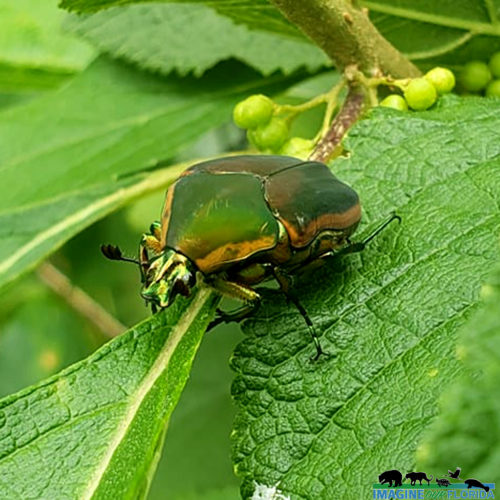
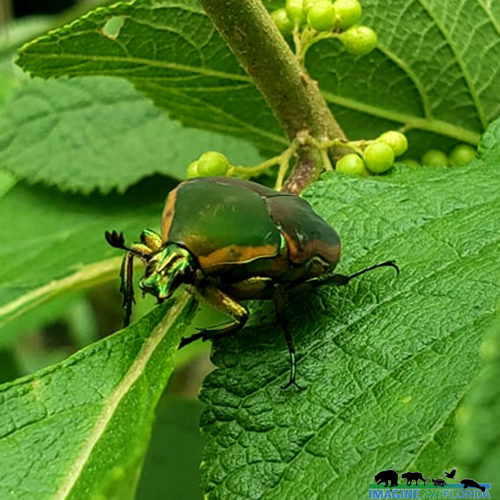
Ladybug
Ceraunus Blue Butterfly
Take time to stop and look at the little things.
With a wingspan of only 1 to 1 3/16 inches, the Ceraunus Blue Butterfly (Hemiargus ceraunus fabricius) is easy to overlook. This tiny butterfly is commonly found flitting just above the vegetation in sunny habitats, including parks, scrubs, along roadsides, and your Florida landscape.
Look for the prominent orange-rimmed black marginal spot on the hindwing. Females are usually a darker blue. Tiny blue eggs are laid on the flower buds of herbaceous legumes. The host plant provides food for the larvae with flowers, buds, and new growth. Multiple generations are born each year.
Ornate Bella Moth
Most moths are nocturnal, meaning they are only seen at night but, this beautiful moth, the Ornate Bella Motha (Utetheisa ornatrix), can be seen fluttering in the daytime. A very distinguishing feature of this species of moth is the bright pink color seen when flying. When at rest, this coloring is often covered by the top wings. Their coloration greatly varies, which for a long time confused taxonomists who had multiple names for the species based on their appearance. It turns out they were all a single species.
These beauties can be seen through most of the Eastern United States through the Midwest. The eggs are small yellow spheres. The larvae are an orange color with black patches and white spots with many hair-like structures called setae. The pupae are encased in a brown and black sac covered in a light coat of silk. A common native host plant for these moths is the Crotalaria avonensis, a beautiful plant with yellow flowers. These plants produce pyrrolizidine alkaloids, which are toxic to many species, but not the ornate Bella moth. These moths consume the plants and thus become toxic themselves. This toxicity protects them for the short three weeks of their life.
Halloween Pennant Dragonfly
Halloween Pennant Dragonfly (Celithemis eponina).
This not-so-spooky dragonfly gets its name from its orange and black coloring. Yellow markings can be found on females and juvenile males. As males mature, their coloring starts to turn into a more vibrant color of orange. This is the largest species of pennant dragonfly in eastern North America. They can commonly be found around lakes, streams, or other wetland areas and are most active in the morning.
Schaus’ Swallowtail
The Schaus’ Swallowtail (Heraclides aristodemus ponceanus) is a large black and yellow butterfly endemic to Florida. This butterfly is found only in Florida and is restricted to intact tropical hardwood hammocks.
The Schaus’ swallowtail was listed as a federally threatened species on April 28, 1976. It was reclassified as a federal endangered species on August 31, 1984. Population estimates range from 800 to 1200 individuals. It remains the only federally listed butterfly in Florida.
Once ranging from the Miami area south through the Florida Keys, the Shaus’ swallowtail is currently restricted to only a few remnant tropical hardwood hammock sites on the south Florida mainland, northern Key Largo, and several small islands within Biscayne National Park. Adults fly slowly and leisurely and are very adept at flying through the dense hardwood hammock.
Adults have a wingspan range of up to 2.3 inches with females being the largest. Males have yellow-tipped antennae. Their wings’ upper surface is black with a row of yellow or white spots and a broad yellow or white band. The hindwing tails are outlined in yellow. The undersides of the wings are yellow with brown markings and a broad blue and rust-colored band.
The Schaus’ swallowtail produces one generation each year from April to July with the peak time occurring typically from mid-May to mid-June. Adult emergence and reproduction are correlated with the beginning of the Florida rainy season. However, the pupae may remain in diapause for more than one year if optimal weather conditions are not present. Females lay green eggs singly on new growth. The developing larvae then feed on the young growth.
Listed as an endangered species, threats to the remaining population include the loss of genetic diversity due to inbreeding, climate-related impacts such as drought, habitat disturbance from fire, tropical storms or hurricanes, mosquito spraying, and loss of habitat. Hurricane Andrew left behind only 73 butterflies in 1992 after sweeping through the butterflies’ home range. Because their habitat is limited, it is possible that a single hurricane can make the Schaus’ Swallowtail extinct. However, the protected status and their rebounding numbers after Hurricane Andrew bring renewed hope that this gorgeous butterfly will survive and thrive in our beautiful state.
Photo credit:entnemdept.ufl.edu
Lightning Bug
Let’s be a kid again with the Firefly/Lightning Bug!
Remember those nights of wandering outside in the spring and summer and being surrounded by amazing little flying strobe lights. They would come out at dusk and stay only for a few hours. We captured them in glass jars and looked in amazement as we tried to figure out how their lights worked.
Fireflies are a good indicator species for the health of an environment. Unfortunately, these little miracles of life are on the decline throughout the world because of overdevelopment, pesticide use, and yes, light pollution.
The best thing you can do to support fireflies is to stop using lawn chemicals and broad-spectrum pesticides. Firefly larvae eat other undesirable insects. They are nature’s natural pest control.
If you miss seeing these little buggers, you’ll be happy to know Central Florida’s firefly season is at the end of March and early April. In fact, Blue Springs State Park stays open a little past their usual closing time and has guided tours at this time so you can enjoy nature’s light show.

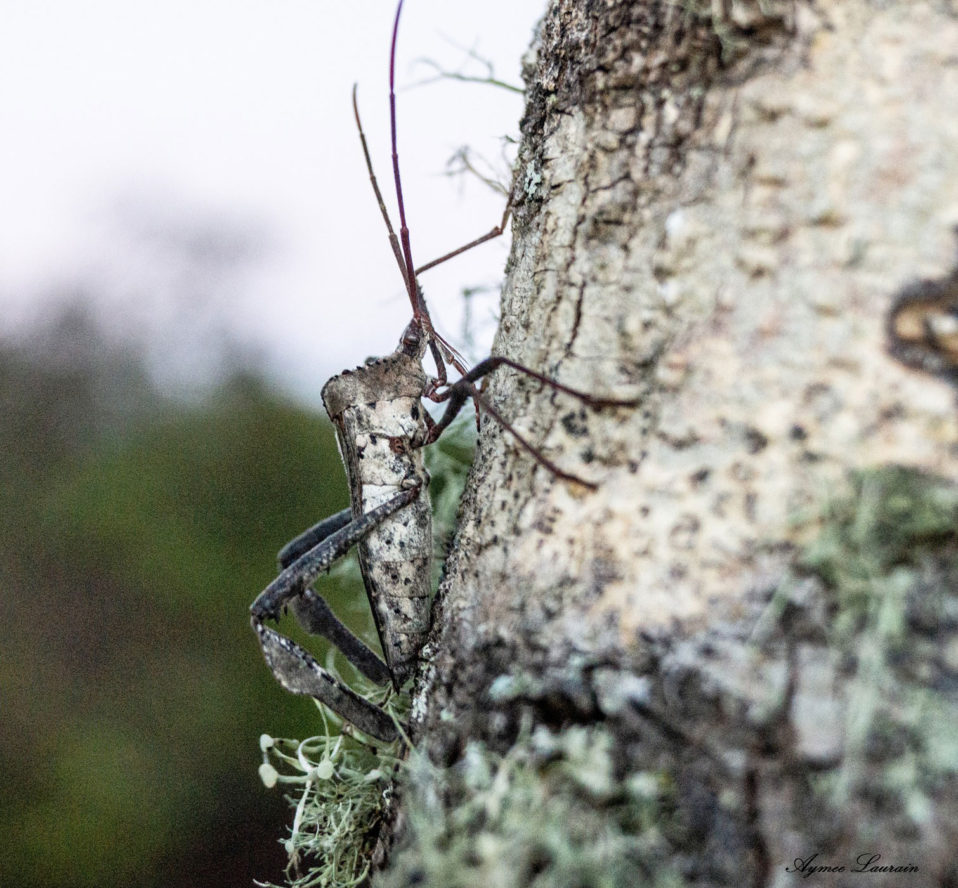
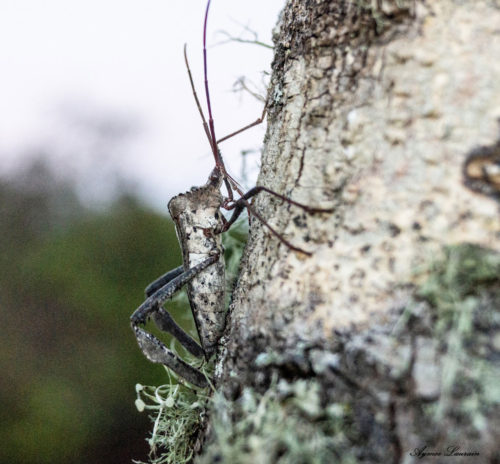
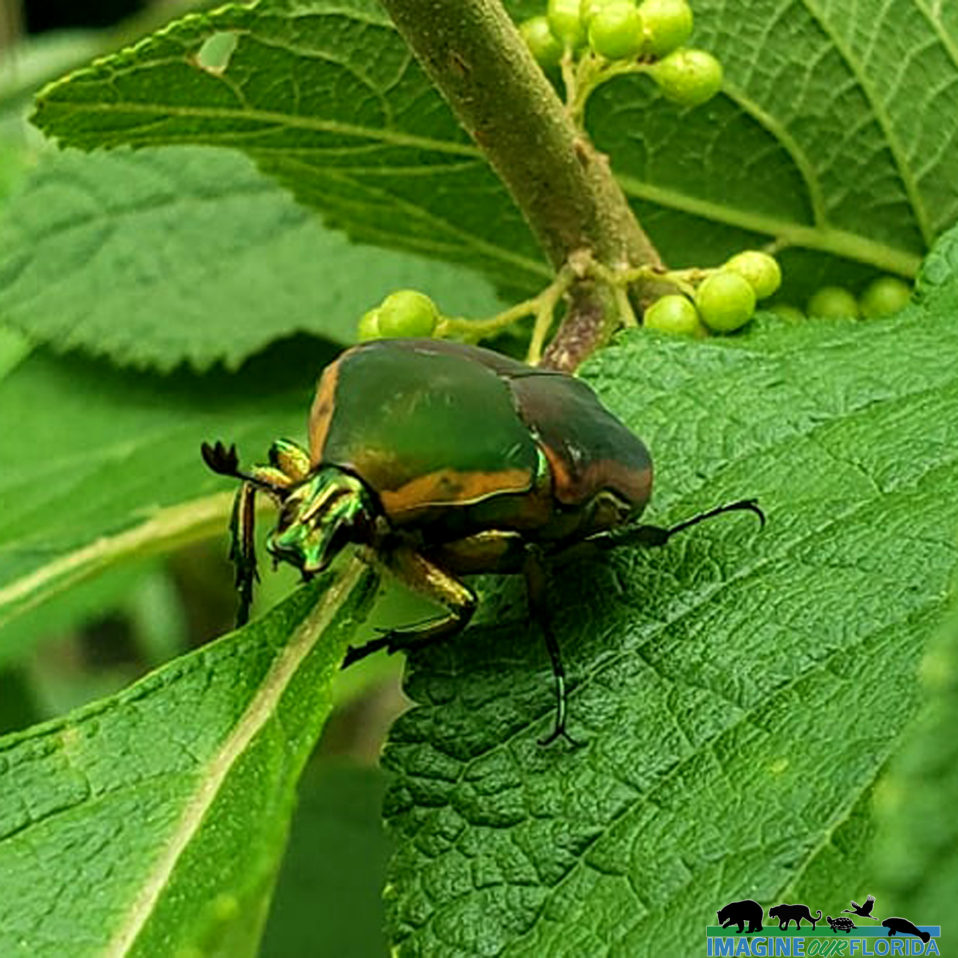
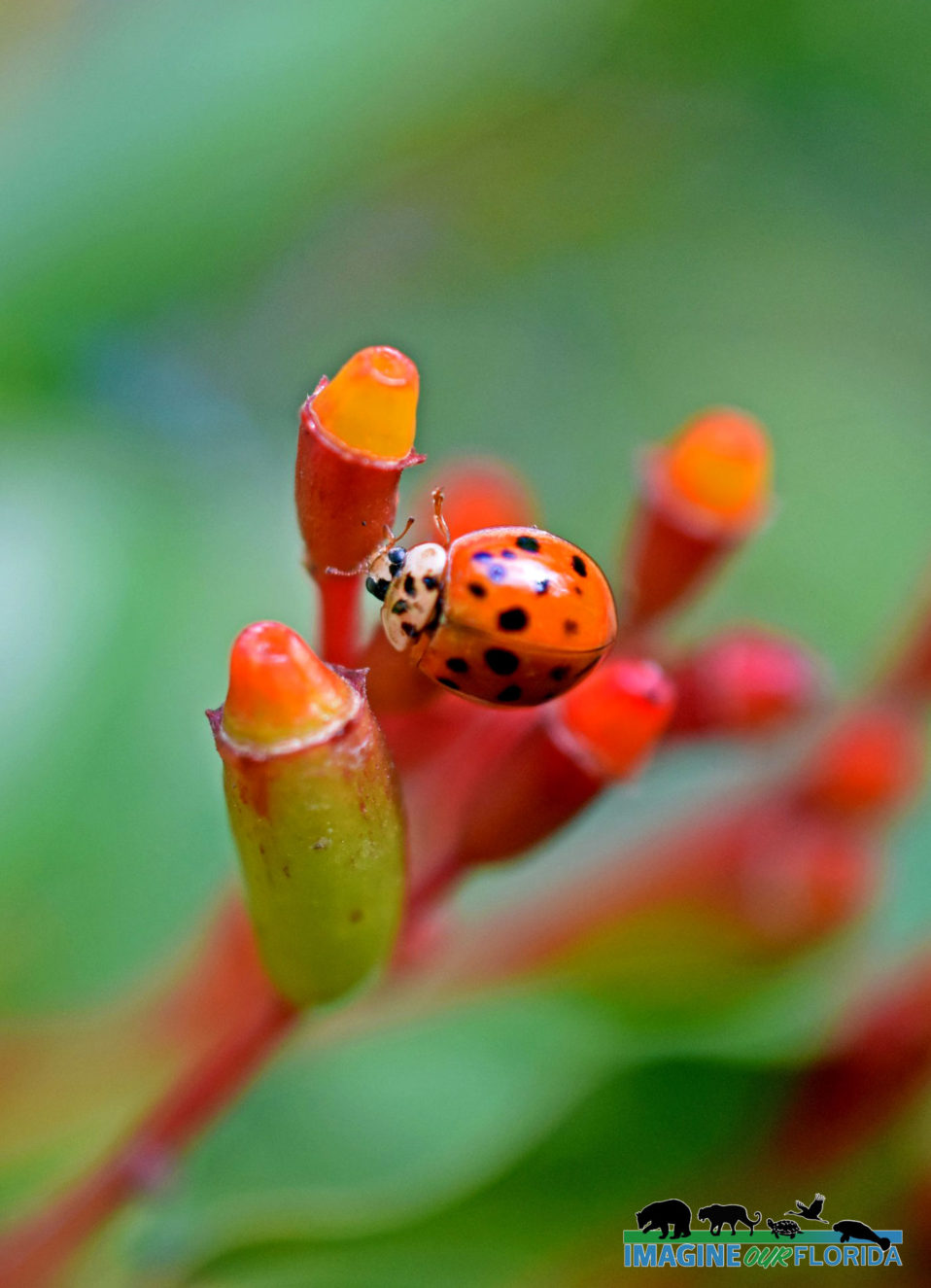
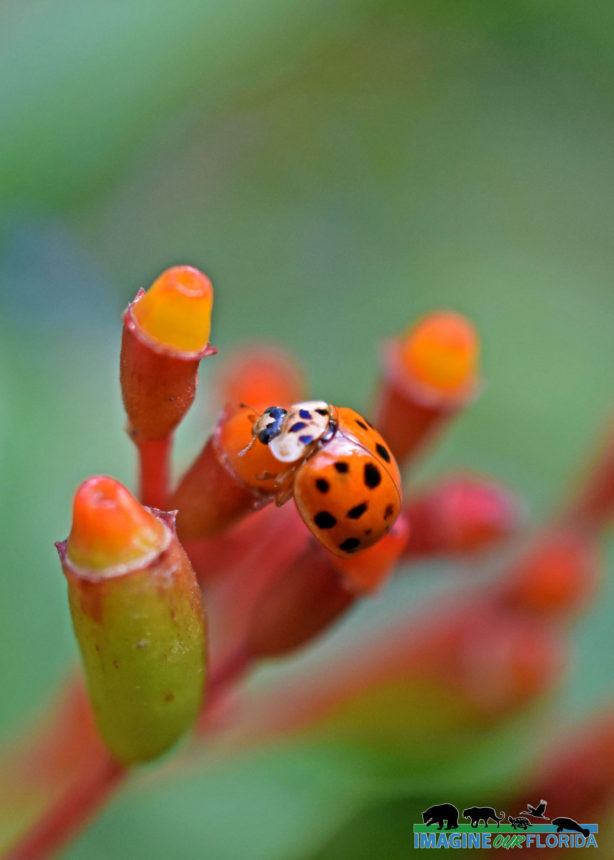
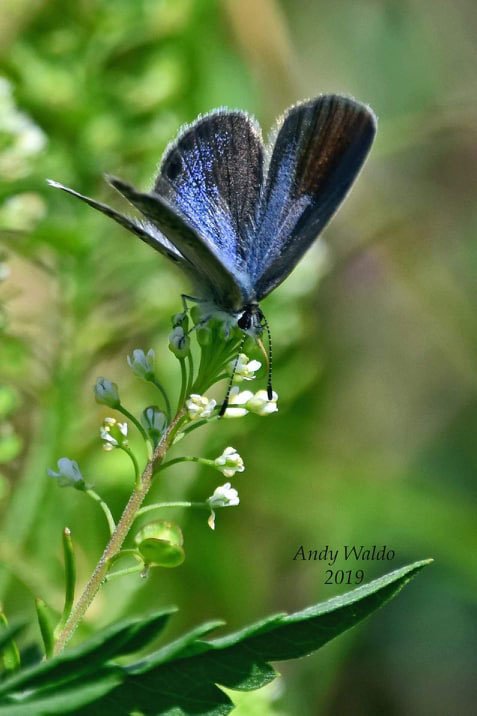
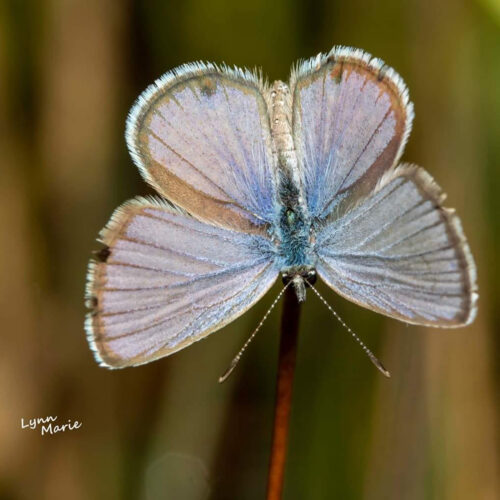
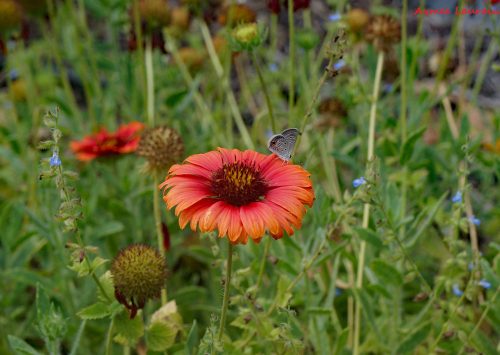
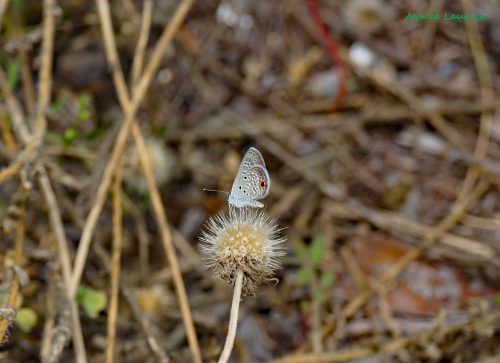
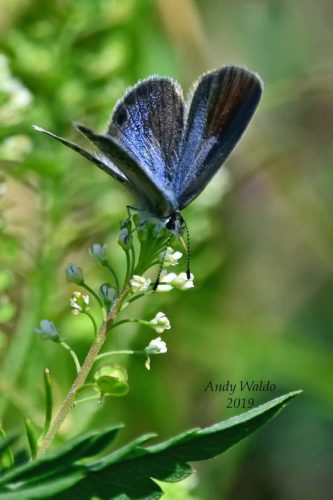
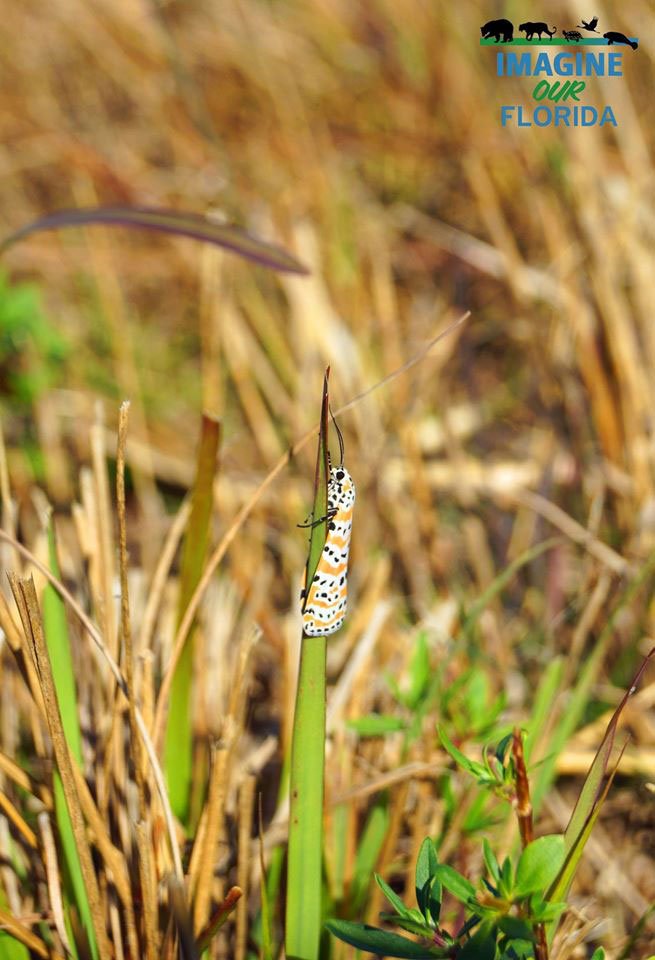
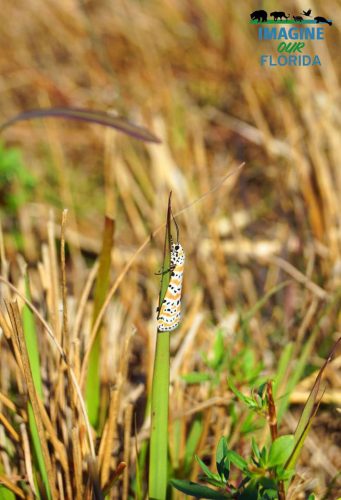
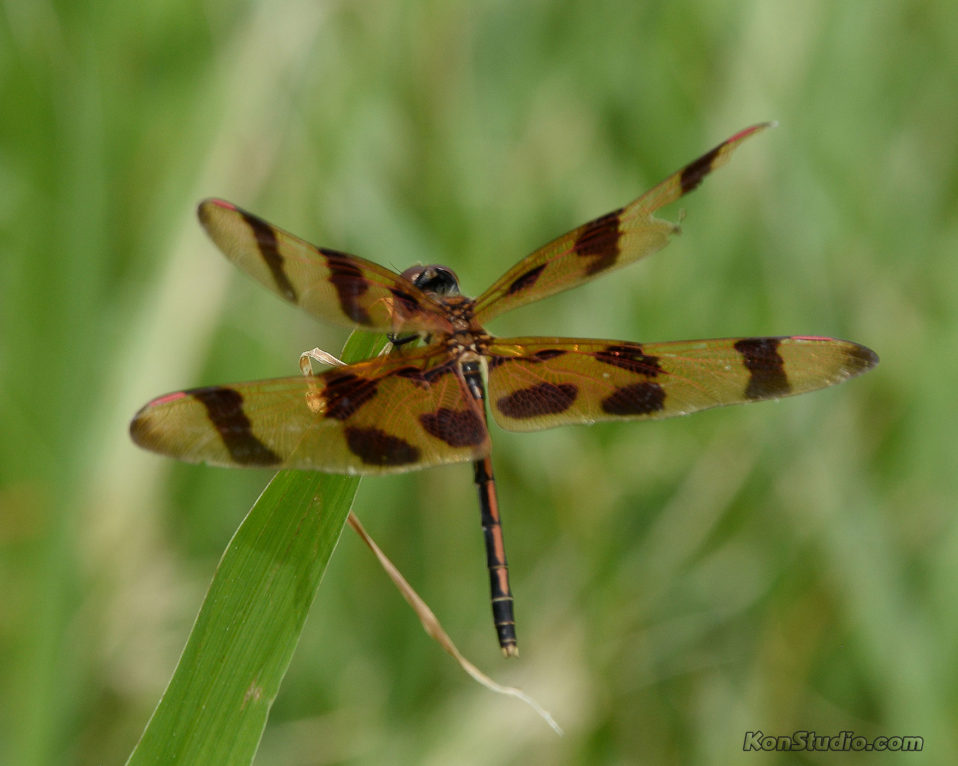
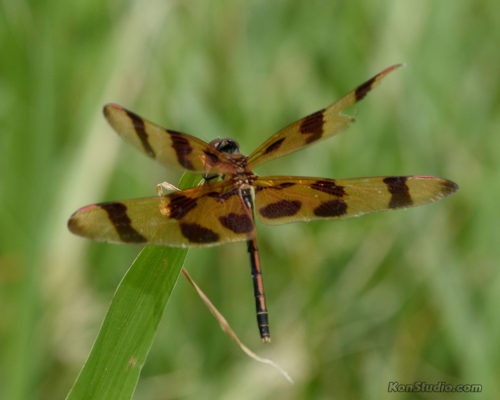
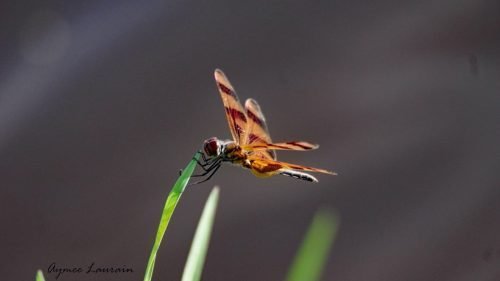
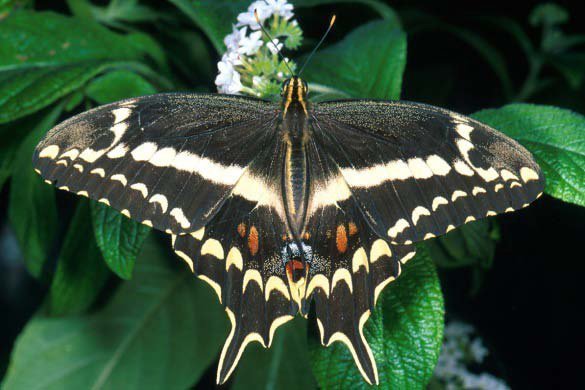
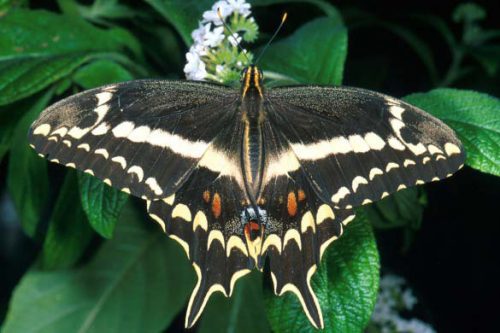
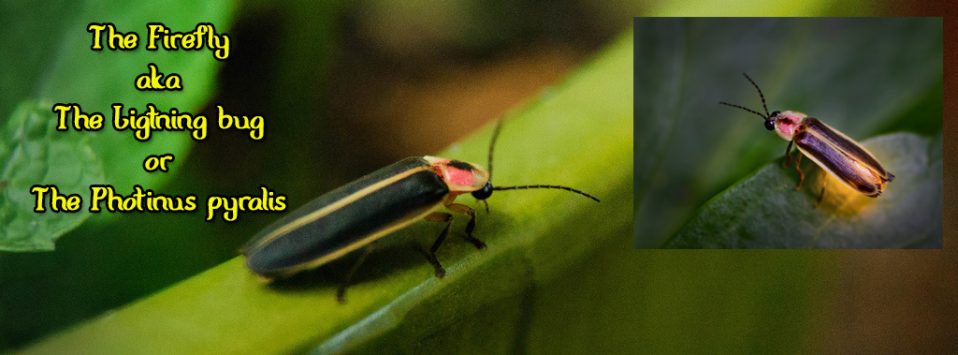
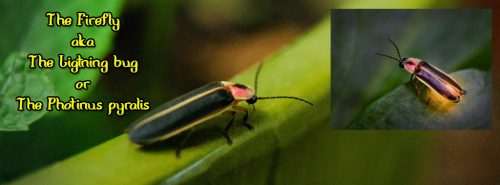
Recent Comments